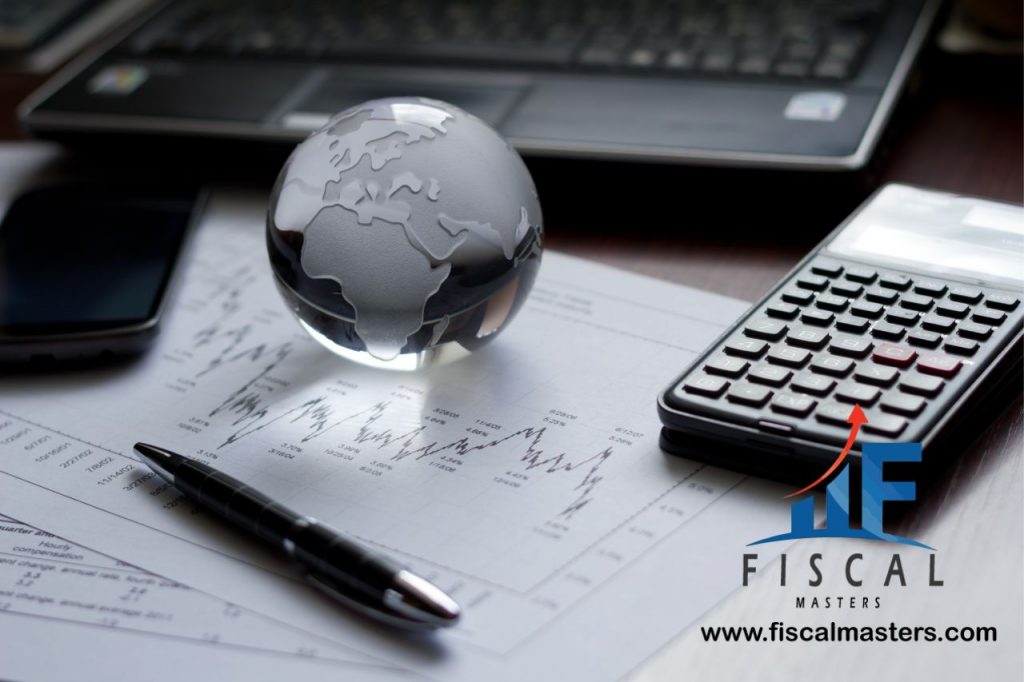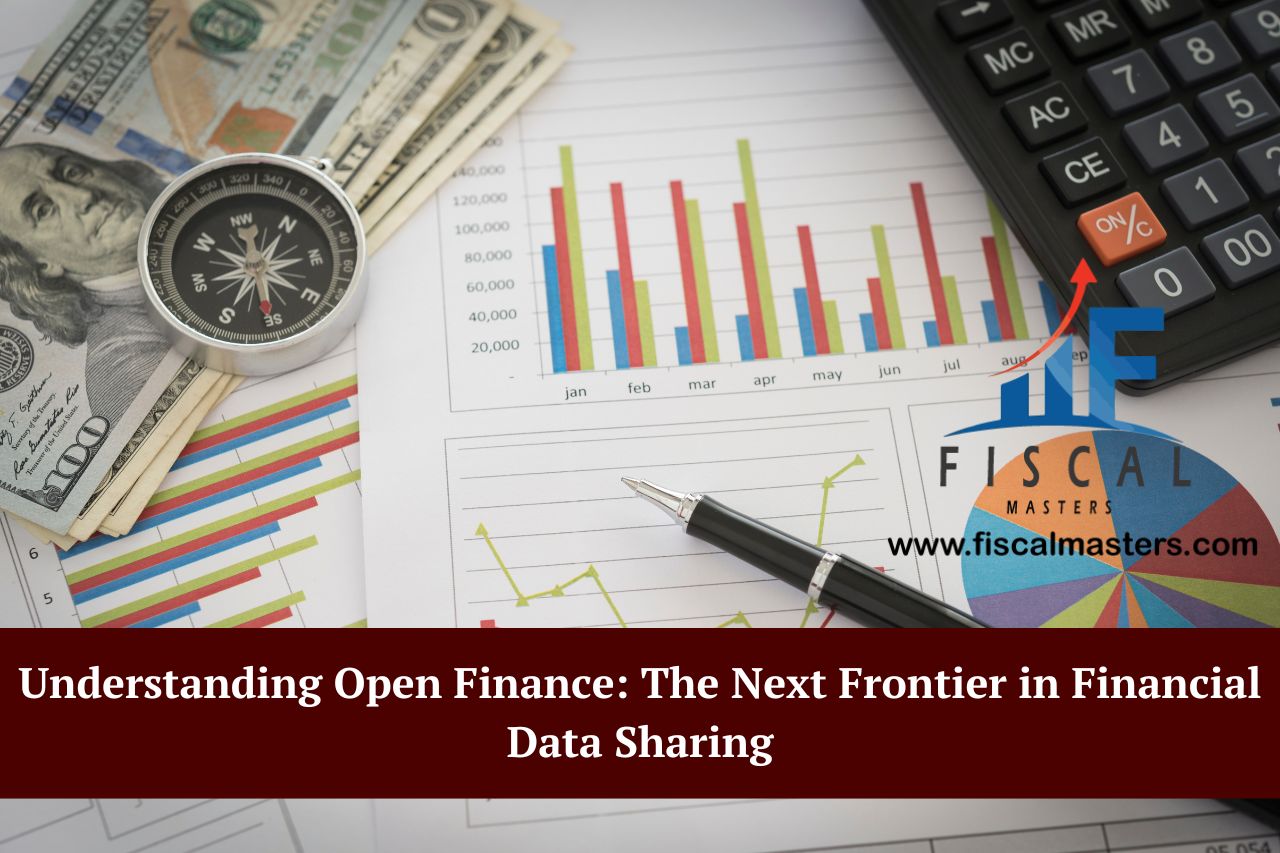When Maya moved to Toronto for a new job, she expected the usual chaos of city life: traffic, crowded subways, and, of course, apartment hunting. What she didn’t expect was how simple one part of the process had become.
Her new landlord asked for financial documents, but instead of printing months of bank statements, she clicked one button on an app.
In seconds, her income, rent history, and utility payments were shared securely and instantly. That’s open finance in action. It’s not the future. It’s now.

How Open Finance is Transforming Financial Data Sharing?
Open finance is changing how people manage money, giving individuals more control over who accesses their financial data and how that data gets used.
But unlike open banking, which is limited to bank account data, it encompasses everything from loans and insurance to pensions and utility bills.
It connects all your financial dots. Instead of logging into five different apps or calling multiple companies, you get one seamless financial view. Furthermore, you decide what gets shared, when, and with whom.
Read more: Mastering your Finances: A Step-by-Step Guide to Creating and Sticking to a Monthly Budget
Open Banking vs. Open Finance
Think of open banking as sharing your bank account data with budgeting apps or payment platforms. But, open finance goes broader and deeper. It includes:
- Investment portfolios
- Mortgage and loan data
- Insurance policies
- Pension balances
- Utility and telecom payments
For instance, Australia’s Consumer Data Right (CDR) law enables users to share data across these verticals.
A user of the MoneyBrilliant app can see a full snapshot of their finances from energy bills to superannuation. This holistic view is what makes open finance a powerful option over open banking.
Read more: The Importance of Automated Savings – March 2025
Financial Data Sharing
At the heart of banking API is secure financial data sharing. This isn’t about giving out your password, it’s about using encrypted APIs to let trusted services access only the data you permit.
Apps gather data from banks, credit cards, and investments to display everything in one place saving time and giving users a clearer view of their finances.
More importantly, it simplifies real-life processes. For instance, when applying for a loan or mortgage, data can be shared instantly and securely .
Read more: When to Hire a Financial Advisor: Key Benefits and Choosing the Right Professional
Open Finance Regulations
With financial data, trust is everything. Financial data operates under strict regulatory frameworks in many countries.
In Europe, the revised Payment Services Directive (PSD2) requires banks to share data with authorized third parties but only with user consent.
This is what gives people like David in Sydney the confidence to share data between his bank, insurance provider, and electricity company knowing he can revoke access any time.
In Brazil, the Banco Central has launched that Embedded Finance initiative that’s already connected over 20 million users to third-party services in just two years. So yes, regulation isn’t just legal red tape, it’s what makes it possible.
Read more: Top 10 Financial Mistakes to Avoid in Your 20s: Essential Tips for a Secure Financial Future
Open Finance Platforms
Behind every financial interoperablity app is a powerful platform like Plaid, Tink, or Belvo. These platforms act like digital pipes connecting banks, fintechs, and users in a standardized way.
Think of John, who wants to link his checking account to Robinhood for investing. He doesn’t need to log in to multiple platforms or type in routing numbers. He just connects once via Plaid, and everything works instantly behind the scenes.
This connectivity also powers things like:
- Income verification for rental applications
- Automatic bill categorization
- Smart savings suggestions

Consumer Data Rights In Finance
A cornerstone of embedded finance is that you, not your bank, not your app, not the government, own your data.
For Maria in Vancouver, this changed everything. She used to assume her bank “owned” her financial info. But now, she can share her financial records with a new lender or budgeting app in seconds and take that access back whenever she chooses.
This sense of control empowers more people to explore new services confidently. It’s not just about switching apps, it’s about unlocking better financial outcomes.
Read more: 16 Key Benefits of Open Banking
Open Finance Benefits
What can open finance do for you? A lot more than just saving time.
In India, Cred uses open finance to offer hyper-personalized credit card offers. Meanwhile, small business owners use banking API dashboards to sync bank data with taxes and payroll. It:
- Speeds up loan approvals
- Cuts down on paperwork
- Helps identify better deals
- Reduces financial errors
Read more: Beyond theory: Exploring concrete examples of open finance.
Real-Life Examples: How Open Finance Changes Lives?
Sarah in Toronto used it to switch health insurance plans without a single paper form. Her app pulled her existing policy details, compared options, and let her sign up instantly.
Mike, a freelancer in New York, often struggled with loan approvals due to irregular income. Now, with financial data sharing apps verifying his income history automatically, he’s getting faster approvals with better rates.
This kind of impact isn’t theoretical. It’s real, and it’s happening today.

Why Consumer Trust Matters in Open Finance?
Trust is the backbone of open finance because users are sharing sensitive financial data. Without trust, adoption slows and innovation stalls.
Clear transparency about how data is used makes users feel safer and more informed. They want to know who has access and for what purpose.
Consent is something that gives the users full control over their data builds confidence and respect in the system.
When people understand how financial interoperability works, they’re more likely to engage. Education reduces fear and drives smarter financial decisions.
Open Finance and Financial Inclusion
Open finance is a lifeline for the unbanked and underbanked. In Kenya and Nigeria, apps like Tala and Branch use mobile wallet and utility payment data to offer loans to those without credit scores. That means more entrepreneurs, students, and families can access capital often for the first time.
Aisha, a vendor in Nairobi, secured a loan through an app, helping her expand her small food stall, all without stepping into a traditional bank.
A World Bank report found that access to digital financial services has helped reduce poverty and increase financial resilience in developing economies.
Open Finance and Small Business Growth
Fatima runs a busy cafe in Dubai. Before open finance, she had to manage daily transactions, payroll, taxes, and inventory separately. Now, one dashboard connects her banking, POS system, and accounting software.
When she applied for a business loan, the lender accessed her real-time cash flow data instantly, cutting approval time from two weeks to two days. This isn’t just more convenient. It’s a competitive edge.
Read more: The Future of Cashless Payments: How Mobile Wallets and Contactless Payments are Changing the Game
Future of Open Finance
Embedded finance is expanding beyond banks to include insurance, housing, education, and healthcare. This wider scope will give users a more complete view of their financial world.
With everything connected, financial apps will feel more personal and intuitive. Managing loans, bills, or savings will happen in one place, in real time.
AI will drive this shift by offering smart suggestions based on your data. It means better decisions without extra effort on your part.
As the system grows, privacy and control will stay at the center. You’ll decide who sees your data and for what purpose nothing more.
Conclusion
Open finance is more than a tech trend. It’s a shift in power putting control of financial data into your hands, not just institutions.
Whether it’s Maya renting an apartment, Aisha growing her business, or Mike getting a loan, open finance makes money management smarter, faster, and more human.
This is just the beginning. As technology evolves, financial data sharing will continue to unlock new opportunities for personalization, inclusion, and innovation. The financial world is no longer built only for banks.
With the right safeguards, clear rights, and better tools, your financial data becomes a gateway to opportunity. The question isn’t if open finance will change the way we manage money. It already is.
FAQs
- How is open finance different from open banking?
Open banking shares only bank account data. Open finance includes loans, pensions, investments, insurance, and even utility bills. - Is my data safe with open finance?
Yes. Data is encrypted and shared only with your consent, through regulated providers using secure APIs. - Who controls my financial data?
You do. You choose who can access your data and can revoke access anytime. - Can open finance help small businesses?
Absolutely. It helps businesses connect their banking, accounting, and payment data for faster loans and better financial insights. - Is my data sold to third parties?
No. Reputable platforms do not sell your data. They use it only for the services you’ve approved and regulations often prohibit selling data without your explicit consent. - Can my information be hacked?
Though no system is 100% secure, regulated open finance providers implement bank-level security, encryption, and multi-factor authentication to safeguard your data. - How do I begin using open finance tools securely?
Begin by selecting apps or sites which are regulated within your nation. Always read their privacy statements, look at reviews, and be certain you have an idea of what information you’re giving them and why. - What are the risks of open finance?
The main risks involve poor data management by unauthorized apps or phishing scams. Always use trusted, regulated platforms and review permissions regularly.

